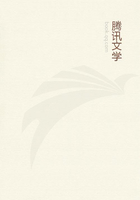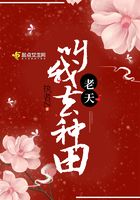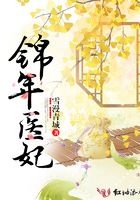The same holds good for cereals. In ordinary circumstances a field will give a greater yield, if the crop grown consists of a number of sufficiently differing types. Hence it happens that almost all older varieties of wheat are mixtures of more or less diverging forms. In the same variety the numerical composition will vary from year to year, and in oats this may, in bad years, go so far as to destroy more than half of the harvest, the wind-oats (Avena fatua), which scatter their grain to the winds as soon as it ripens, increasing so rapidly that they assume the dominant place. A severe winter, a cold spring and other extreme conditions of life will destroy one form more completely than another, and it is evident that great changes in the numerical composition of the mixture may thus be brought about.
This mixed condition of the common varieties of cereals was well known to Darwin. For him it constituted one of the many types of variability. It is of that peculiar nature to which, in describing other groups, he applies the term polymorphy. It does not imply that the single constituents of the varieties are at present really changing their characters. On the other hand, it does not exclude the possibility of such changes. It simply states that observation shows the existence of different forms; how these have originated is a question which it does not deal with. In his well-known discussion of the variability of cereals, Darwin is mainly concerned with the question, whether under cultivation they have undergone great changes or only small ones. The decision ultimately depends on the question, how many forms have originally been taken into cultivation.
Assuming five or six initial species, the variability must be assumed to have been very large, but on the assumption that there were between ten and fifteen types, the necessary range of variability is obviously much smaller. But in regard to this point, we are of course entirely without historical data.
Few of the varieties of wheat show conspicuous differences, although their number is great. If we compare the differentiating characters of the smaller types of cereals with those of ordinary wild species, even within the same genus or family, they are obviously much less marked. All these small characters, however, are strictly inherited, and this fact makes it very probable that the less obvious constituents of the mixtures in ordinary fields must be constant and pure as long as they do not intercross. Natural crossing is in most cereals a phenomenon of rare occurrence, common enough to admit of the production of all possible hybrid combinations, but requiring the lapse of a long series of years to reach its full effect.
Darwin laid great stress on this high amount of variability in the plants of the same variety, and illustrated it by the experience of Colonel Le Couteur ("On the Varieties, Properties, and Classification of Wheat", Jersey, 1837.) on his farm on the isle of Jersey, who cultivated upwards of 150 varieties of wheat, which he claimed were as pure as those of any other agriculturalist. But Professor La Gasca of Madrid, who visited him, drew attention to aberrant ears, and pointed out, that some of them might be better yielders than the majority of plants in the crop, whilst others might be poor types. Thence he concluded that the isolation of the better ones might be a means of increasing his crops. Le Couteur seems to have considered the constancy of such smaller types after isolation as absolutely probable, since he did not even discuss the possibility of their being variable or of their yielding a changeable or mixed progeny. This curious fact proves that he considered the types, discovered in his fields by La Gasca to be of the same kind as his other varieties, which until that time he had relied upon as being pure and uniform. Thus we see, that for him, the variability of cereals was what we now call polymorphy. He looked through his fields for useful aberrations, and collected twenty-three new types of wheat. He was, moreover, clear about one point, which, on being rediscovered after half a century, has become the starting-point for the new Swedish principle of selecting agricultural plants. It was the principle of single-ear sowing, instead of mixing the grains of all the selected ears together. By sowing each ear on a separate plot he intended not only to multiply them, but also to compare their value. This comparison ultimately led him to the choice of some few valuable sorts, one of which, the "Bellevue de Talavera," still holds its place among the prominent sorts of wheat cultivated in France. This variety seems to be really a uniform type, a quality very useful under favourable conditions of cultivation, but which seems to have destroyed its capacity for further improvement by selection.
The principle of single-ear sowing, with a view to obtain pure and uniform strains without further selection, has, until a few years ago, been almost entirely lost sight of. Only a very few agriculturists have applied it: among these are Patrick Shirreff ("Die Verbesserung der Getreide-Arten", translated by R. Hesse, Halle, 1880.) in Scotland and Willet M. Hays ("Wheat, varieties, breeding, cultivation", Univ. Minnesota, Agricultural Experimental Station, Bull. no. 62, 1899.) in Minnesota. Patrick Shirreff observed the fact, that in large fields of cereals, single plants may from time to time be found with larger ears, which justify the expectation of a far greater yield. In the course of about twenty-five years he isolated in this way two varieties of wheat and two of oats. He simply multiplied them as fast as possible, without any selection, and put them on the market.

